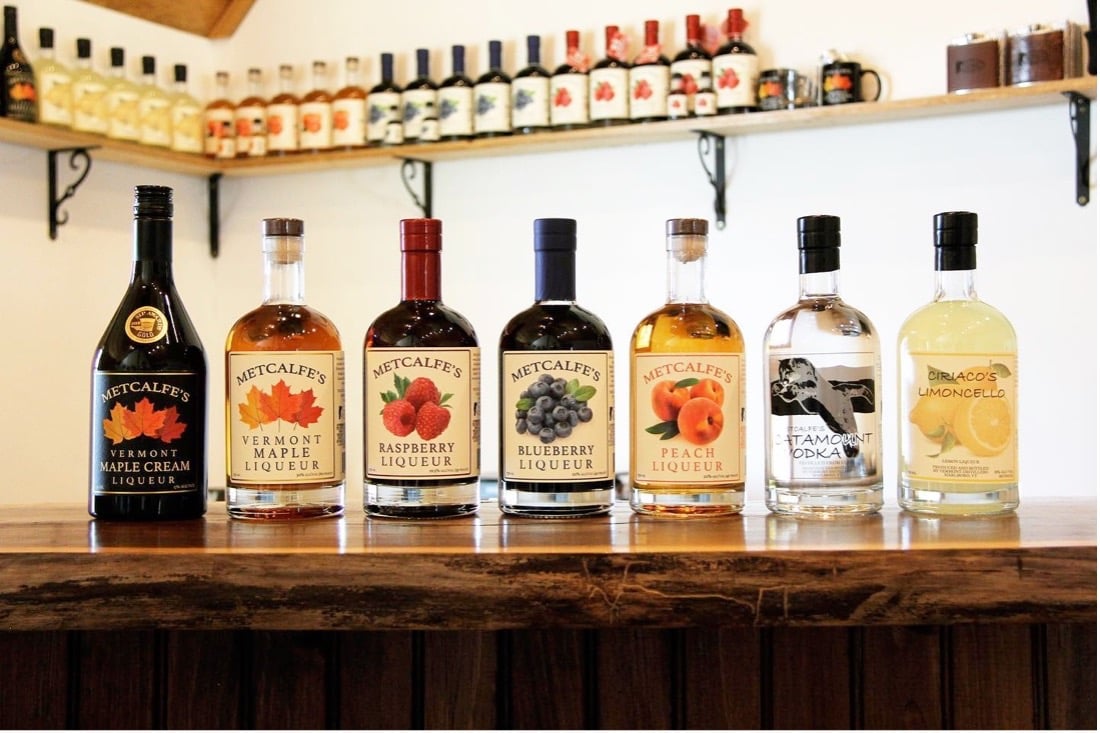Intentionally or not, the federal government may have landed on an issue that can bring the Right and Left together: the price of beer, wine, and spirits. The Department of Justice and Federal Trade Commission are following up on concerns and recommendations shared last month by the Treasury Department that the industry is too concentrated.
Treasury’s report says beer drinkers alone may be paying as much as $487 million more a year than they should. Prices for wine could be overpriced by 18% and spirits by more than 30%, Treasury says, and suggests potential remedies to stimulate competition in this $250 billion market.
In July 2021 President Biden directed Treasury via Executive Order 14036 to examine and report on the market's competitive landscape in consultation with the Attorney General and the Chair of the FTC. Specifically, the president asked for an assessment of threats to competition and barriers to entry.
Treasury writes in its 64-page report about two significant industry trends. The first is the explosion of small and craft producers of beer, wine, and spirits. There were only a small number of these in the 1970s. Today there are more than 6,400 breweries, 6,600 wineries, and 1,900 distillers, the report says. [The number of breweries is likely in excess of 9,000, however. Read below.] These companies have built a strong global reputation for quality, craftsmanship, and innovation bringing a variety of new products to market, according to the government.

The Metcalfe Family's Vermont Distillers – operated by Ed Metcalfe and his sons Gus and Dominic – is an example of the type of small innovative spirits producer the government feels will benefit from a more level playing field in this highly concentrated industry. Photo by Dominic Metcalfe and used with permission.
The second trend is consolidation in the distribution and retail sales of beer, wine, and spirits. Consolidation of beer producers continues and, in many states, distributors are consolidating, too. Treasury says two brewers have dominated the U.S. beer market since 2008, Anheuser-Busch InBev Worldwide, Inc. (ABI) and MillerCoors, which account for 65% of the market. But their flagship beers -- Budweiser, Bud Light, Miller, Coors -- have been steadily losing popularity as consumers are lured away by the unique taste and variety of craft brews.
Unwilling to relinquish market share and the corresponding market power, ABI has become a serial acquirer, purchasing 14 craft breweries since 2011. “Studies have shown direct links between major brewery mergers and an ability to raise prices in the markets in which they compete,” the Treasury report reads.
Some of Treasury’s other observations include:
- Despite active enforcement of pro-competition laws, complaints about exclusionary behavior by large producers, distributors, and retailers are common. These complaints include discriminatory conduct by distributors and retailers, such as charging so-called “slotting” or “shelving” fees for positioning products on store shelves, even though such practices, which favor larger companies, are banned for alcohol products.
- Some laws may impose disproportionate burdens on smaller companies, such as labeling approvals, bottle size limits, mandatory classifications, and complex applications.
- Old laws intended to curb overconsumption and address organized crime may not address today’s market and may impose unfair burdens on smaller companies.
- Existing laws designed to prevent vertical integration may be inhibiting growth of smaller producers.
- Other laws require distributors to conform to set prices, which stifles competition and increases prices. One government study concluded that “post and hold” laws which restrict price competition may be costing beer drinkers as much as $478 million a year.
- Inconsistent tax rates – which differ among types of products, between foreign and domestic producers, and between large and small producers -- must be examined for fairness.
- The increased popularity of direct-to-consumer models in wine markets is spreading to the beer and spirits industries. Some oppose this saying it may encourage underage purchasers. While this fear appears to be unfounded with regard to purchase of wine products, there is no evidence, yet, regarding beer and spirits sales. The issue needs to be examined.
ABI’s buying spree of craft brewers shows how a dominant company in a concentrated market can keep a tight grip on its power through relatively minor acquisitions, deals that individually may not draw antitrust scrutiny.
Rather than compete with craft brewers nibbling away at its market share, ABI just buys them. One of the important themes of the DOJ’s Horizontal Merger Guidelines is that “mergers should not be permitted to . . . entrench market power or to facilitate its exercise.” Read my previous post on the beer market.
Treasury’s report drew negative reviews from the Beer Institute, whose members are brewers of all sizes. The organization’s president, Jim McGreevy, said the American beer industry is “one of the most vibrant” in the country. He said more than 10,000 new breweries were permitted since 2010. He also said the industry supports millions of jobs across industries – from agriculture to transportation – and contributes more than $331 billion to the economy. “Consumers are benefiting from the growing number of brewers and beer importers, with more choices for beer than at any other time in our nation’s history,” he said. Of course, boasting about the powerful size of the industry may not be the best argument, since it is dominated by two players.
McGreevy’s counterpart at the Brewers Association, Bob Pease, who serves smaller, independent brewers, cheered Treasury’s report. He said that while the number of craft brewers is growing, the beer market remains heavily concentrated. This poses “competition challenges to craft brewers and consumers,” Pease said.
John Bodnovich, executive director of The American Beverage Licenses association, was critical of the report, hailing the level of competition and the reliability of the products produced by his members, particularly in preventing counterfeit, tainted or illegal products. He also said Treasury, in examining the direct-to-consumer market, relied on an old study of a single local market.
According to an article by Craft Brewing Business, some of the report’s facts “definitely seem old.” Treasury says for example, that there are more than 6,400 breweries in the country, when it’s probably more than 9,000 today. “Old data sentences like that don’t help sell the report,” writes Keith Gribbins at Craft Brewing Business.
The beer, wine and spirits industry presents an interesting paradox: an industry that is overpriced and highly concentrated that is simultaneously experiencing increased entry (even accounting for serial acquisitions by large incumbents) and relatively low barriers to entry.
There is some oddity in this industry that enables large incumbent firms to maintain artificially high prices despite a growing number of entrants. The DOJ should identify why this quirk is and, if possible, craft a remedy that targets this problem.
Participants in this industry can expect proposed changes in the laws and regulations they operate under today, even though the larger players will likely oppose them or try to water them down. If this report is any indication, though, positive change is likely for small producers and consumers of their favorite beverages.
Edited by Tom Hagy for MoginRubin LLP.







